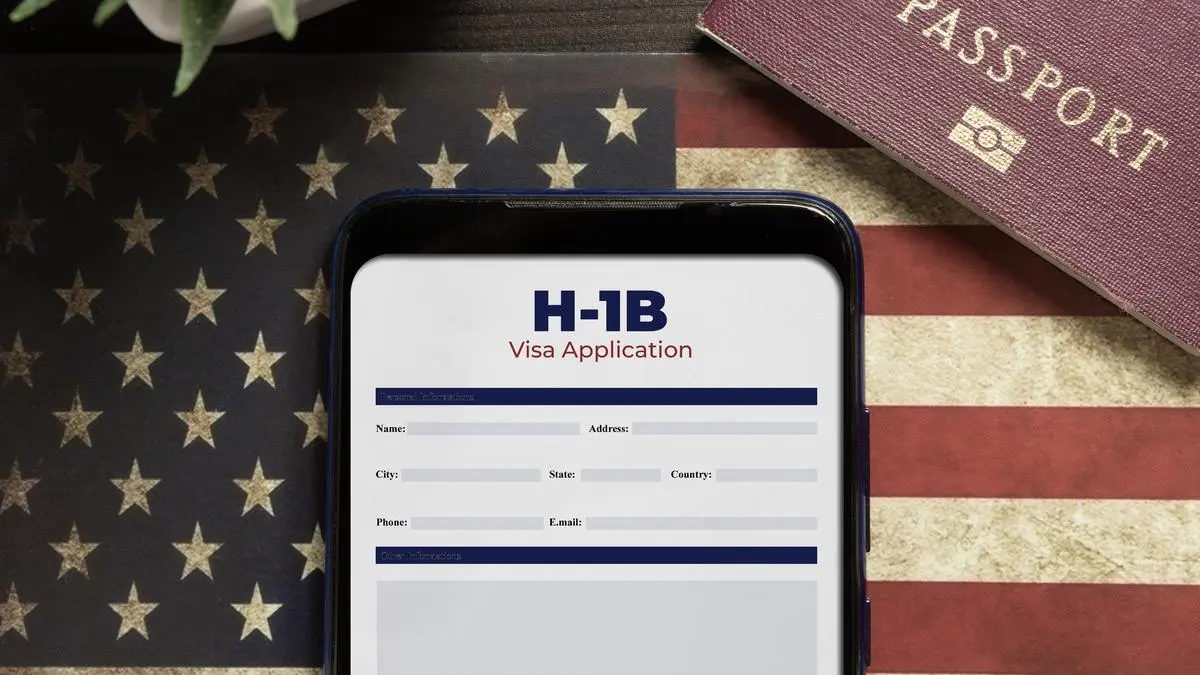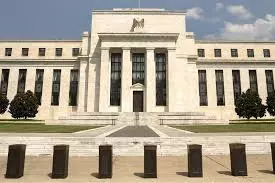
The signals emanating from Washington under President Donald Trump are unambiguous. After imposing a 50 per cent tariff wall and withdrawing the sanctions waiver on Iran’s Chabahar port, the White House has now announced a ten-fold increase in H-1B visa fees to an eye-watering $100,000. This is not just another policy tweak; it is a declaration. America is no longer rolling out the red carpet for immigrant professionals, particularly engineers and technology workers who have powered its innovation economy for decades.
The immediate fallout will be felt by Indian students enrolled in US universities. Thousands take on heavy education loans in the hope of securing a job at one of America’s big technology firms after graduation. A six-figure visa cost would make it nearly impossible for employers to hire fresh graduates from abroad. For decades, the US was the dream destination for Indian techies because of access to American capital, deep innovation ecosystems and a culture of risk-taking that few countries could match. Returning to India is not an attractive option for many. Weak infrastructure, a shallow pipeline of cutting-edge research and a dearth of exciting, well-paid roles in frontier technologies combine to dim the prospects of repatriated talent. Even large MNCs running R&D centres in India often assign work that is incremental rather than path-breaking.
Yet the new reality must be faced. India’s gross expenditure on R&D remains at just 0.64 per cent of GDP — far below most global peers. In many developed and emerging economies, business enterprises contribute over half of total R&D spending; China, Japan, South Korea and the US all cross the 70 per cent mark. By contrast, top-tier Indian IT services firms spend only 0.4–1.3 per cent of revenue on R&D, a ratio that has barely moved since FY19. This is unsustainable. Industry and government must build a pipeline of risk capital for frontier technology, making it worthwhile for the best minds to stay back. The H-1B fee hike also strikes at the core of the Indian IT services playbook built around rotating engineers into client sites in the US and scaling delivery from offshore centres. Each visa has now become a six-figure liability that few clients will underwrite. Many Tier-1 firms have started to adapt, setting up near-shore hubs in Canada and Eastern Europe, hiring locally in the US, and deploying automation to increase throughput. But the industry still relies on the visa pipeline. Trump’s move is the loudest signal yet that the transition to a distributed, automation-rich delivery model must be completed without delay.
US immigration rules have been gradually tightened over nearly a decade, but India has been very slow to adapt. If India truly wishes to become a digital powerhouse, it must reduce dependence on external job markets. Emerging technologies such as artificial intelligence offer enormous potential, but only if the country invests boldly in its own ecosystem rather than hope for an open door abroad.
Published on September 21, 2025



